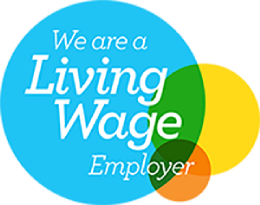In this article
Quick FAQs
This article of Quick Faqs, shows commonly asked questions about supplying number plates. You can use the menu above to quickly jump to a section, to save time. To reveal an answer, simply click the title or the symbol on a question.
To become a number plate supplier you must register with the DVLA. And you must ensure the plates you make comply with British Standards. Not to mention keep records of your supply and customers. Hopefully these quick faqs will help you become more familiar with all these rules.
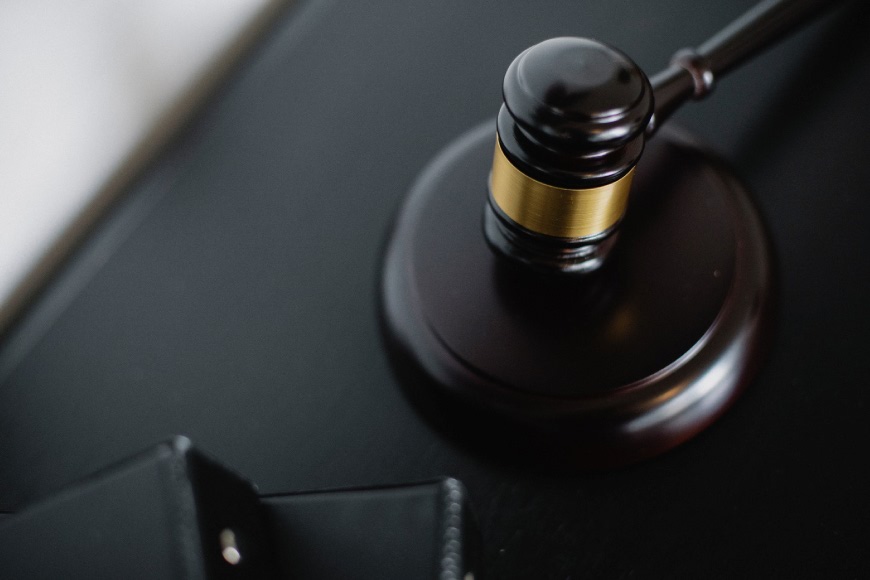
Supplying Number Plates
This section of the faqs concerns being a number plate supplier. And it covers all the common questions we’re asked by customers starting out. If you want more in depth information, try our articles on becoming a supplier, your obligations, and what’s a legal plate.
How do I start supplying number plates?
To make or supply number plates you must register with the Driver and Vehicle Licensing Agency (DVLA). And you will have to ensure your plates obey the rules on layout and durability. Not only is this a legal obligation, but large fines face those who break this law.
Once you have registered, you’ll be able to source equipment from a component manufacturer. And they will have the software, printers and media you will need to make legal number plates.
Here’s our knowledge base article on How to Become A Number Plate Supplier.
How much does registering as a supplier cost?
When you register with the DVLA there is a one-off fee of £40. If you operate from more than one location you’ll also need to complete form v940/1. Or you can submit your application online on their website and make a payment at the same time.
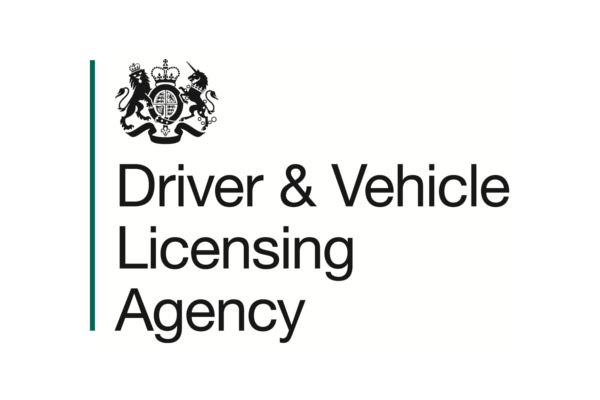
If you do not register, but still supply number plates, you can be fined up to £5,000 per number plate.
What is an RNPS number?
After registering to become a number plate supplier, you’ll be sent a letter of acknowledgement from the DVLA. Which confirms that you can legally make and sell number plates from the locations that you’ve registered.
It will also state your Registered Number Plate Supplier ID (RNPS) number. You will need to keep this number safe for your records. And provide it on demand to the DVLA and companies who supply equipment or components to you. Because they have to legally check it, before they can sell you supplies to make number plates.
What records do I need to keep?
Before you supply a number plate, you must see proof of your customers Identity and Entitlement to the registration. You will need to view their original documents and record a reference number. In fact, strict rules cover what documents are allowed. Which means you need to see 1 or 2 from the following lists.
Proof of Identity
- Driving licence
- Utility bill or council tax statement
- Bank or building society statement
- Valid passport
- Credit or debit card
- Police warrant card or an armed forces identity card
- Foreign National Identity Card
Proof of Entitlement
- Vehicle registration certificate – V5C
- Keeper supplement of the registration certificate – V5C/2
- Certificate of entitlement – V750
- Retention document – V778
- Vehicle licence renewal form – V11
- Temporary registration certificate – V379
- Authorisation certificate with an official stamp – V948
Your RNPS records need to be kept securely for at least 3 years. And access to them needs to be restricted, in line with the Data Protection Act. This is just part of Your Obligations as a Supplier.
How do I ensure my number plates are legal?
The easiest way to ensure your number plates are legal, is to use an established company for your supply. That way you get access to their equipment and components. And in addition they will have already certified it.
And they should provide you with software to handle standards compliant layouts. But you will have to follow their specification, no mixing and matching components. After all their certification will be for specific plate constructions.
As a leading manufacturer we can provide everything you need to produce number plates. For details of what we provide, try our Number Plates webpages and check Our Obligations as Your Supplier article too.
What are international trailer plates?
In short, it’s now mandatory to register trailers for international use with the DVLA. It will address many legal issues faced when using a trailer abroad. Not to mention increasing your safety, by removing dangerous trailers off the roads.
Who Needs to Register?
Not every trailer owner will need to use this service, only if you use it overseas. And only if your trailer meets the criteria, which is:
- Used commercially and weighing over 750kg (Gross)
- Non-commercial and weighing over 3500kg (Gross)
Once you have registered you’ll get a certificate and a new registration for your trailer. For which you’ll need to get a plate made up and fitted.
What Does It Lok Like?
Our image below, provides you with a good preview of a trailer plate. As you can see, the registration is split over two lines using black digits on a white background. Yet unlike a number plate, it doesn’t need a British Standard number.
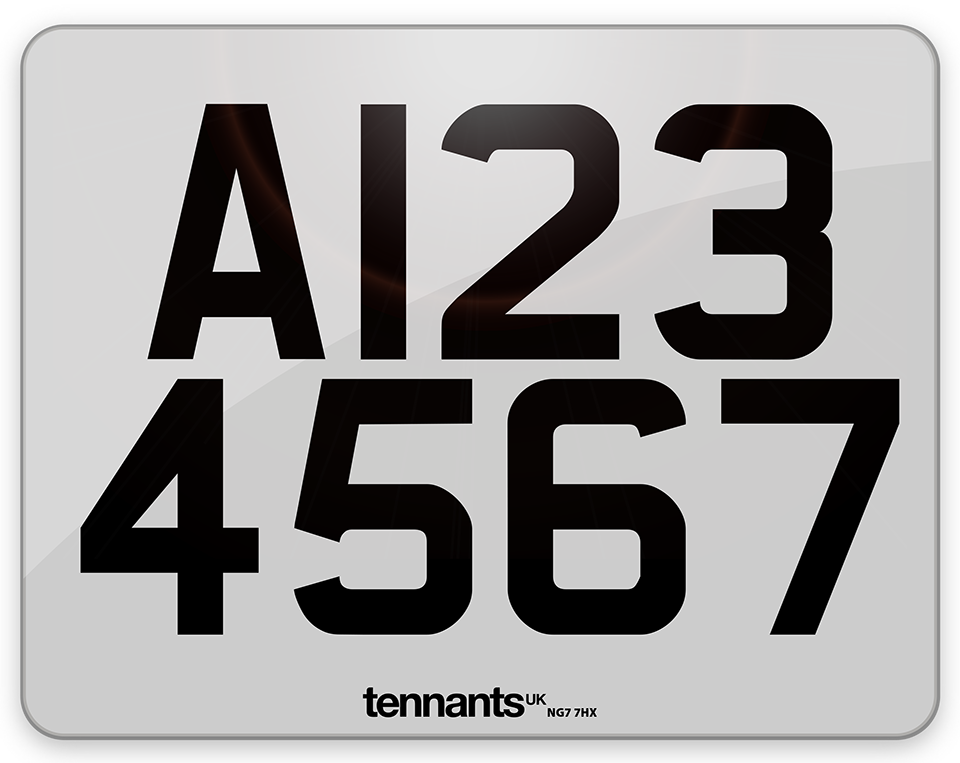
Mount it to the rear of your trailer, just like your towing trailer plate. But you’ll need to put them as far away as possible from each other. In fact if there isn’t room on the rear, you have to put one on both sides of your trailer instead.
Note: This does not replace the need for a towing trailer plate. You still need a display your vehicles number plate on your trailer.
Can I mix and match plate components?
No, if you want your number plates to be legal you can’t mix and match components. Not only may it invalidate the trading agreement with your provider. But it may also stop your plate being standards compliant and thus legal.
This is because your provider is certified for a plate construction using specific components. And only those specific parts. So using another make, or a competitors reflective isn’t certified or legal. So we recommend you pick one provider and follow their spec closely. It’s the only way to guarantee your number plates are legal.
Plate Elements & Standards
Here in this section our faqs cover number plate elements and layout. Not to mention the British Standard and regulations. For more comprehensive guides, you should see our legal number plates, British Standard and number plate size guide articles.
What is BSAU145e?
BSAU145e is the standard all new number plates must meet. In other words, every number plate you make has to comply with these rules. The standard contains a set of regulations which cover number plates visibility, reflectivity and durability. Alongside those, are other rules that govern your plates layout and appearance.
To be certified to BSAU145e, a component maker has to submit a specific plate construction for testing. This testing takes place in a government approved laboratory and features multiple tests. Which are used to simulate real world conditions and test its durability and readability.
If it passes, that specific construction is certified standards compliant. And number plates can be made from it, as long as they carry the manufacturers name and the BS number. Ours for example – say Tennants BSAU145e.
What has to be on a Legal Number Plate?
A legal number can show 6 different elements, 7 if you include a lip. But only 4 elements are needed on a number plate by law. Those are a reflective background, a registration, the suppliers identifier and the BS number.
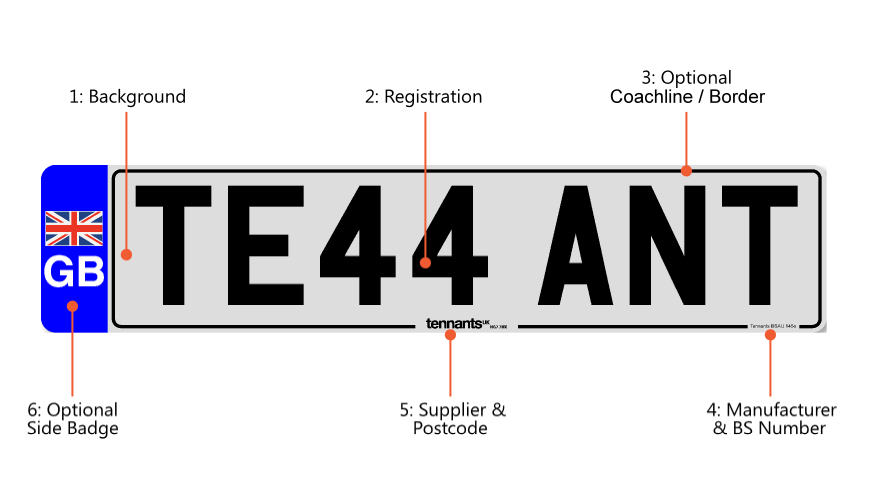
Alongside those required, you can show optional elements like a coach-line or side badge as well. And some suppliers offer lipped number plates, which provide extra advertising space.
What size does the Registration have to be?
The size of the registration mark depends on what type of number plate it’s on. This is set out within the regulations, because it needs to be seen clearly at all times. And these rules change based on the type of vehicle, whether it’s 2,3 or 4 wheel.
Note: Cherished and personal registration plates can have less than 7 digits.
Standard Registration (single line)
A standard number plate shows the registration mark on a single line. This is the 4-wheel format, the most common type you will see on UK roads. And it’s displayed on over 95% of all vehicles.
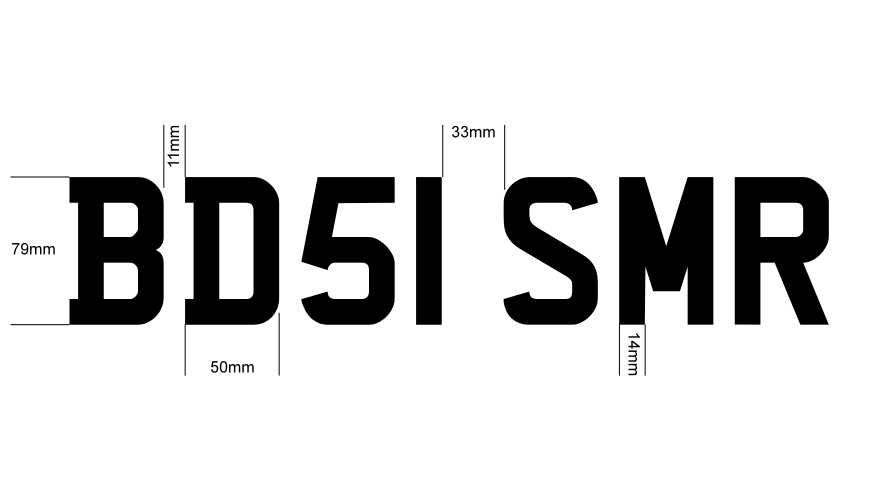
Here you can see the characters are 79mm high and 50mm wide. Except the number one, which is defined by its stroke width. Each digit has a 14mm stroke width, and the space between them is 11mm. And there’s the gap between the year and final 3 digits of 33mm.
4 x 4 Registration (two line)
4 by 4 registrations are still based on the same 4-wheel format as standard plates. But it displays the 3 random digits on a second line. Usually this plate type is found on off-road capable vehicles, hence the name.
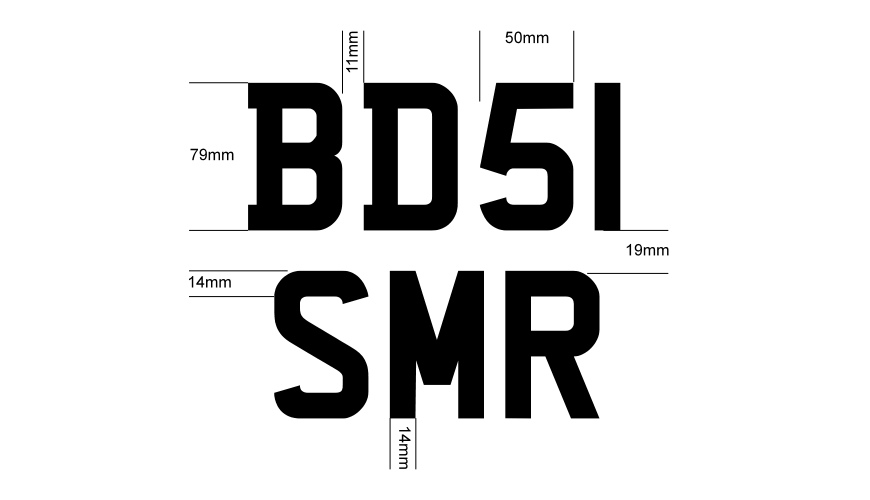
As you can see the random digits are on a second line, placed 19mm below the year issued digits. Which reduces the width of the plate, making it easier to mount on a vehicle. Especially if its carrying a spare wheel on the back.
Motorcycle Registration (2&3 wheel)
Motorcycles have a smaller number plate than cars, so they’re easier to fit onto the bike. You can see below they also use a second line for the 3 random digits. In fact, this 2 & 3 wheel format also uses a smaller font size than standard.
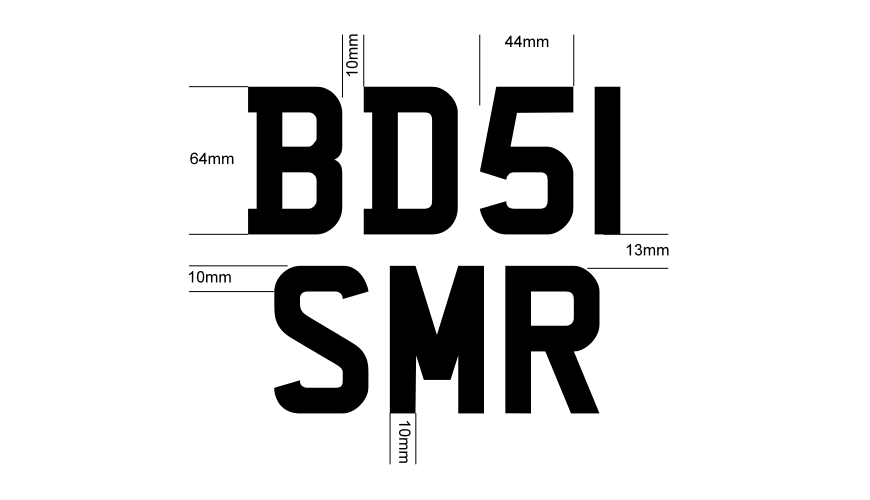
Motorcycle and Tricycle registration digits are 64mm by 44mm wide, with a 10mm width. And the space between them drops to 10mm. The 3 random digits are placed on the second line, 13mm below the year issued.
What size is a legal number plate?
We’ll start by answering there is no legal number plate size in the UK. Instead the rules state what elements need to be on a number plate and sets their size. So those elements are what defines its size.
To be legal your number plate must have a registration mark, supplier name and BS number. And they must all be displayed with the correct size and spacing. With a normal registration having 7 digits, manufacturers settled on a industry standard of 520x111mm.
Elements Count
A standard registration uses 79mm high digits. And requires a margin of 11mm to the edges of the number plate. As long as the BS and supplier are 3mm high, they will just fit within the bottom margin. By just using minimum sizes and spaces you have hit a height of 101mm.
And the width can be calculated the same way. For example, 7 digits with 11mm spacing and a 33mm gap is 460mm wide. Assuming your registration doesn’t have a number 1 in it. If you include a 50mm side badge, you can see where the industry standard comes from.
Do I have to have the supplier name on my plates?
In short Yes. The supplier identifier placed centre-bottom of the number plate, is a legal requirement.
To be standards compliant, your number plate must identify who made it. Which requires displaying their DVLA registered name and postcode. But at least BSAU145e, limits its size to between 3mm to 10mm high.
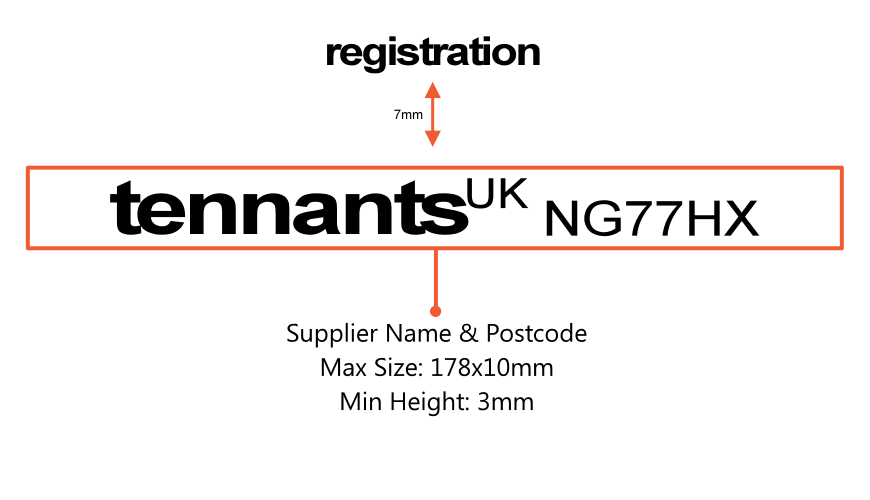
Which side badges are road legal?
The only types of side badge allowed on your number plates are national flags and their identifier. This means the flags of England, Scotland and Wales alongside the Union flag are all legal. Together with the identifying text of GB, UK, ENG, SCO and CYM.
Below is an image of our 3 types of side badges, National Flags, Green ZEV and Foreign Travel.
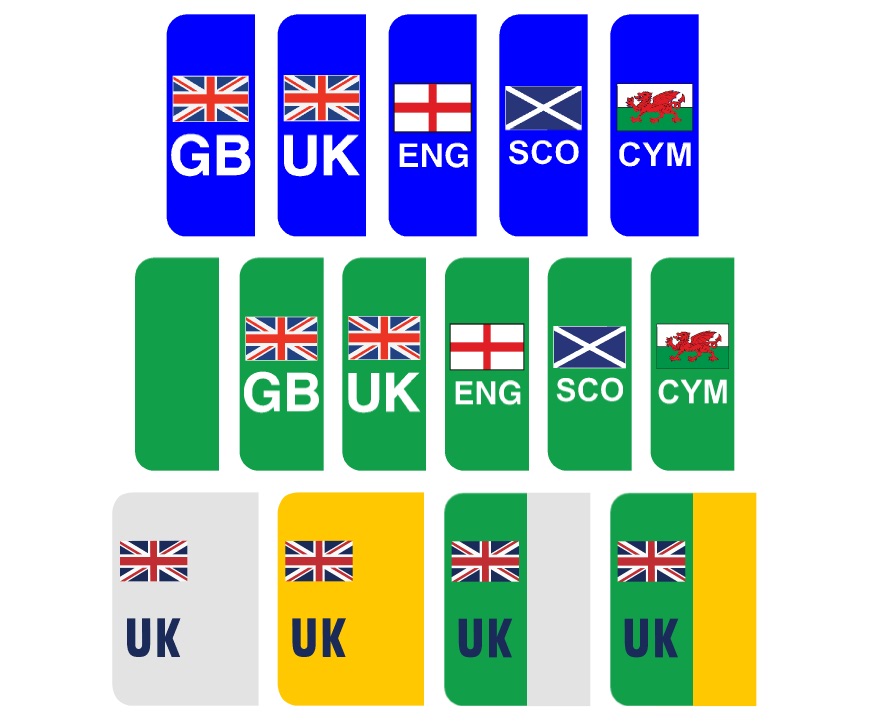
To clarify the rules, a side badge has to be positioned on the left side. It must be placed outside the registrations 7mm exclusion zone and be no more than 50mm wide. Finally the text identifier can be coloured white or yellow to match the background. Except on the overseas range where it has to be blue. And the Green ZEV badges can only be used on zero emission vehicles.
An additional benefit of the Foreign Travel badge is you don’t need a UK Sticker for overseas travel. Because your number plate provides the legally required identifier.
Are 3D/4D digits on number plates legal?
The short answer is Yes, 3D digits are legal on number plates, just like our True 3D Digits.
This relies on them being made from the Charles Wright font and being the right size. For BSAU145e your digits also have to be one shade of black, no patterns are allowed. And they have to unremovable once applied, passing weathering and stress testing.
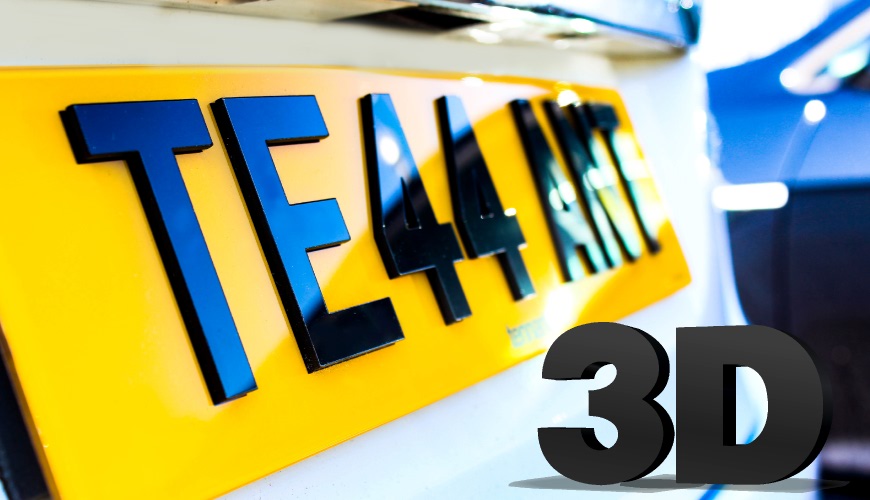
Are lips on number plates legal?
Yes, number plates with an advertising lip are indeed road legal. For suppliers, a lip is an easy way to add marketing to a number plate. And by being an add-on, the strict legal restrictions on number plates don’t apply.

In fact, the only real rule is it can’t be reflective. Which fully separates it from the number plate’s main function. So it can use any colour for its background or content. As can be seen in the image above, a lip allows you to display a website or showroom address.
Need Help?
For more information on the number plate laws, check out the DVLA and BNMA websites. Or take a look at the other articles in the Legislation section of our Knowledge Base. And our Number Plates webpages have details of our equipment and components.

